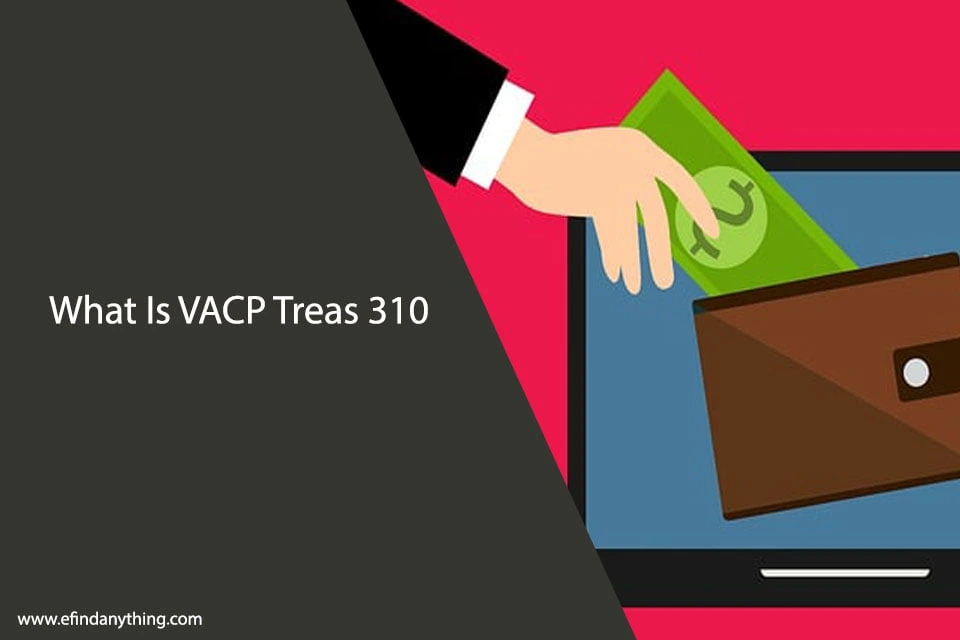
Facing business insolvency can be an incredibly challenging and emotional time for companies. However, with the right information and support, it is possible to navigate insolvency strategically to protect assets and revive the business. This comprehensive guide covers key steps for managing insolvency.
Understanding Insolvency
Insolvency occurs when a company cannot pay its debts when they are due. There are two main types:
Cash flow insolvency – when a business cannot meet short-term debts but may still have long-term hope.
Balance sheet insolvency – when liabilities exceed the total assets, indicating more fundamental financial issues.
Insolvency differs from bankruptcy, a legal process where courts get involved to liquidate assets for repayment. Companies aim to address struggles before reaching the bankruptcy stage.
Spotting Early Warning Signs
Catching problems early enables companies to correct course before hitting insolvency. Be proactive in monitoring these potential indicators consistently:
Financial Changes
- Profit and revenue decline
- Consistently missed sales projections
- Cash flow issues impacting operations
- Reliance on credit to stay afloat
- Credit score drops
Operational Shifts
- Loss of major clients or contracts
- Supply chain or inventory disruptions
- Leadership and staff turnover
- Competitive threats in the market
- Regulatory issues or lawsuits
Bigger Picture Factors
- Decline in industry growth projections
- Macroeconomic changes like recessions
- Customers postponing purchases
Create projections for “what-if” negative scenarios based on leading indicators in your specific business. Being prepared to pivot early makes a significant difference.
Initial Response Steps When Insolvent
Despite best efforts, some companies do end up facing insolvency. How leadership responds in the early days sets the trajectory for the outcome. Follow these recommended actions:
Assess if it’s short-term or long-term – Determine if the situation is temporary and survivable with some restructuring or if deeper issues exist. Look at root causes.
Call a board meeting – Update key stakeholders on the situation analysis and projected path. Align on priority next steps and contingency plans.
Communicate with transparency – Be upfront with employees, clients, and vendors about the circumstances without panicking them. Provide a reasonable roadmap.
Contact creditors – Open a dialogue with creditors regarding payment plans, reduced/delayed payments, or renegotiated terms. Transparency helps.
Consult experts – Work with financial advisors, restructuring consultants, and insolvency practitioners to assess options objectively.
Taking purposeful action reduces anxiety during turbulent times. With an aligned plan, companies can thoughtfully weigh turnaround strategies against worst-case outcomes.
In-Depth Financial Analysis
Before determining the next moves, companies should complete an in-depth financial analysis to quantify the exact scenario. This includes:
Gathering Data
Compile data on current cash flows, debts owed, accounts receivable, assets, sales pipeline, and projections. Look back 2-3 years for trends.
Liabilities vs Assets
Construct a detailed balance sheet highlighting liabilities owed against assets. Look at debt service coverage ratios over time.
Profit and Loss Statements
Analyze monthly and annual P&L statements, noting high-level sales and expense trends. Break it down by business units.
Cash Flow Activity
Review cash inflows/outflows from operating, investing, and financing over the last 12-24 months. Where are shortfalls?
Root Cause Analysis
Dig into what operational, leadership, or external factors drive insolvency. Isolate late payments, legal issues, or growth challenges.
Information will reveal options and determine if turning things around independently is possible or if restructuring/insolvency processes suit better.
Restructuring vs Formal Insolvency Proceedings
If the situation appears temporary or survivable, companies may first consider business restructuring plans to bounce back independently. This allows more control than formal insolvency filings.
Operational Restructuring
- Cost-cutting measures – evaluate expenses line-by-line for reduction opportunities
- Renegotiating lease, vendor, and credit terms
- Improving supply chain agreements
- Sales boosting campaigns when appropriate
- New leadership, if needed
Financial Restructuring
- Renegotiating loan repayment terms with lenders
- Seeking investor money injections to ease cash flow
- Taking payment holidays on debts
- Considering voluntary administration with creditors
Formal insolvency proceedings provide supervised plans if restructuring efforts fail or deeper issues exist. Various options exist:
Administration – an appointed licensed insolvency practitioner oversees operations while assessing the best next steps.
Voluntary Liquidation – assets get sold to pay creditors, and the company closes.
Creditors Voluntary Liquidation – creditors drive the Liquidation and asset distribution process.
Company Voluntary Arrangement – a restructuring plan gets presented to creditors for approval through voting.
Insolvency professionals guide businesses through evaluating the optimal path given unique circumstances.
Working With Creditors
Since individual creditors directly feel insolvency pain from payment delays or defaults, it’s crucial to communicate with transparency. Share root causes, current cash positions, and realistic repayment plan timelines.
Be proactive in presenting fair options like:
- Extending payment due dates
- Reducing total repayment amounts
- Structuring installment payments over 12-24 months
- Offering alternative forms of repayment
- Settling debts with equity
This upfront coordination limits creditors’ surprises that can spur lawsuits. Some may accept reasonable resolutions, avoiding long legal fights, to eventually get pennies on the dollar anyway.
Preserving Value During Insolvency
Even during turbulent times, companies can implement strategies to preserve customer and creditor value along the way:
Keep top talent – Prevent business brain drain by being clear about the state of things, path forward, and employee impacts.
Maintain operations – As reasonably possible, limit disruptions to sales operations so revenue still flows in reliably.
Communicate branding/positioning – Reinforce your unique market differentiation, which will be around despite hurdles.
Incentivize sales staff – Keep staff motivated on closing sales pipeline deals critical for cash.
Promise customer care – Assure clients you’re still dedicated to excellent service without disruptions.
Whether a turnaround gets completed or closure arrives, building confidence preserves asset value for creditors when it comes time to settle debts.
What Happens Next? Possible Outcomes
There are a few potential outcomes that can arise following an insolvency scenario, depending on severity factors and steps taken:
A Business Bounce Back
With effective early triage and restructuring plans, some companies recover independent operations through payment modifications, cash injections, or rapid pivots. Leadership steers the ship into growth mode without major creditor interventions.
Acquisition Opportunities
If turned around properly, strategic investors or competitors may view insolvent companies as affordable targets possessing valuable assets. Acquirers can infuse needed cash, cut excessive costs, and leverage infrastructure already built.
Administration & Refinancing
Securing administration status halts creditor harassment while options like deep restructuring or building refinancing packages are explored. Existing shareholders could retain equity positions in the reinvented organization.
Pre-Pack Administration
Assets get sold immediately after entering administration to deliver a return to creditors ASAP. Generally, the existing company owners or management buy back the business at fair value for a quick restart.
Creditors Voluntary Liquidation
If rescue efforts fail and underlying issues run too deep, creditors force asset liquidation. Appointed insolvency practitioners value assets to repay creditors per legal priority distribution rules until funds get exhausted.
While certainly a turbulent and emotional scenario, strategic navigation of insolvency allows leaders to respond proactively rather than scrambling reactively. Lean on advice from financial and legal experts in considering the ideal path forward for all involved.











